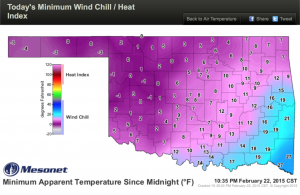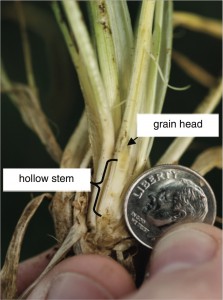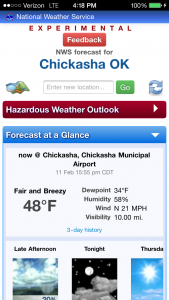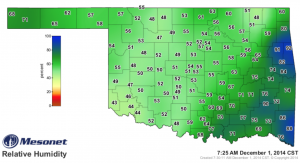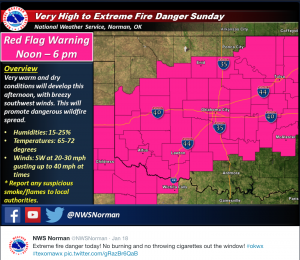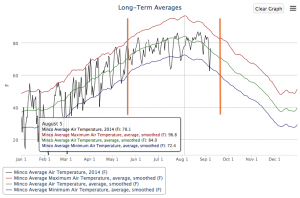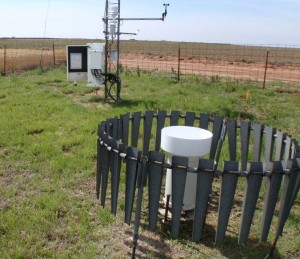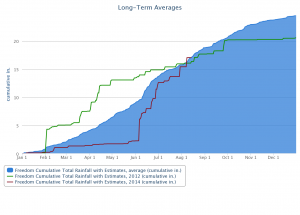Cold temperatures lose there bite when wind speeds are low. Even temperatures down near freezing can feel balmy when the wind is still.
The real chill comes when the wind drives the cold through your clothes. With a biting wind, cold temperatures can chill you clear down to the bone. Consider Sunday, February 22, 2015 across the state of Oklahoma. The coldest wind chills that day were single digit numbers. On the Oklahoma Mesonet, wind chill and heat index are reported on the Apparent Temperture map. This provides a single map that can show either or both heat and cold stress.
